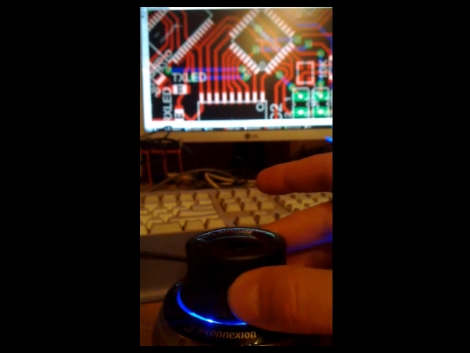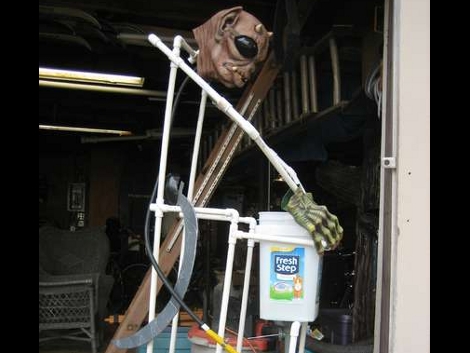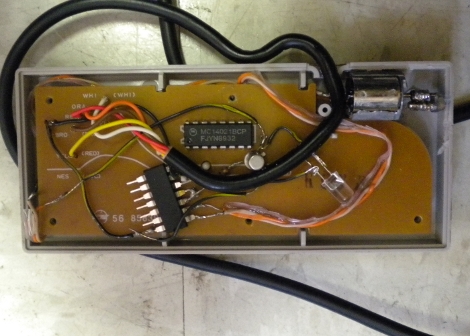
[Sebastian] made a 3D mouse work with Eagle CAD. He was inspired after using a 3DConnexion device to manipulate the views in a copy of Solid Edge 3D CAD modeling software. The system uses the 3D mouse in one hand with the regular mouse in the other.
It turns out that 3DConnecxion offers a lot of tools to get their devices working with your software. [Sebastian] downloaded the .NET example and modified it to read in data from the device. With the use of hot-keys he manages to get zoom, pan, and centering to work (see for yourself after the break). The only drawback to his implementation is that he can’t pan while dragging parts. But that’s just a small issue waiting for you to find a solution.

















